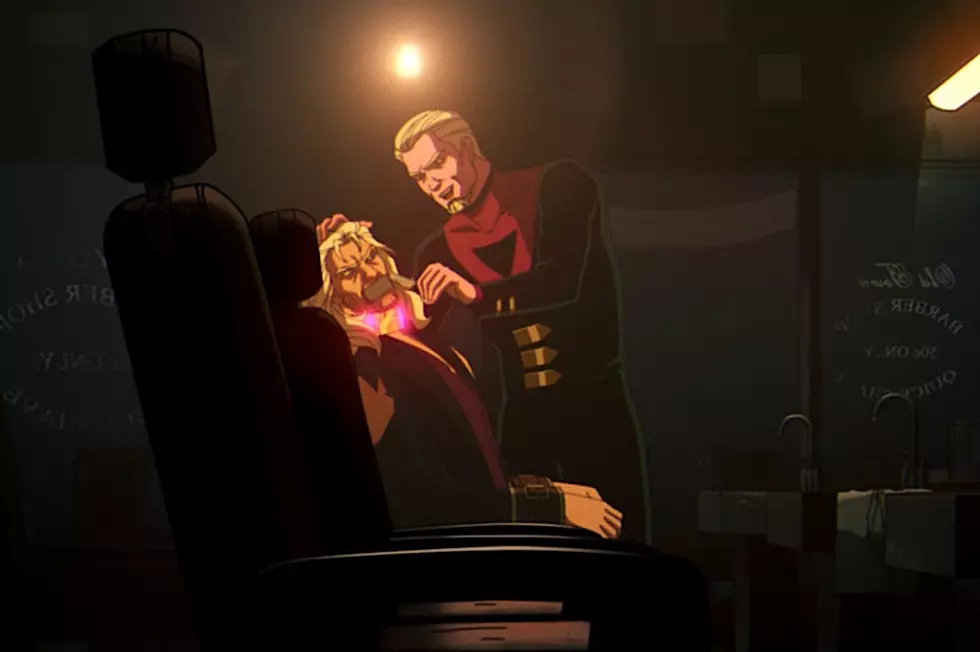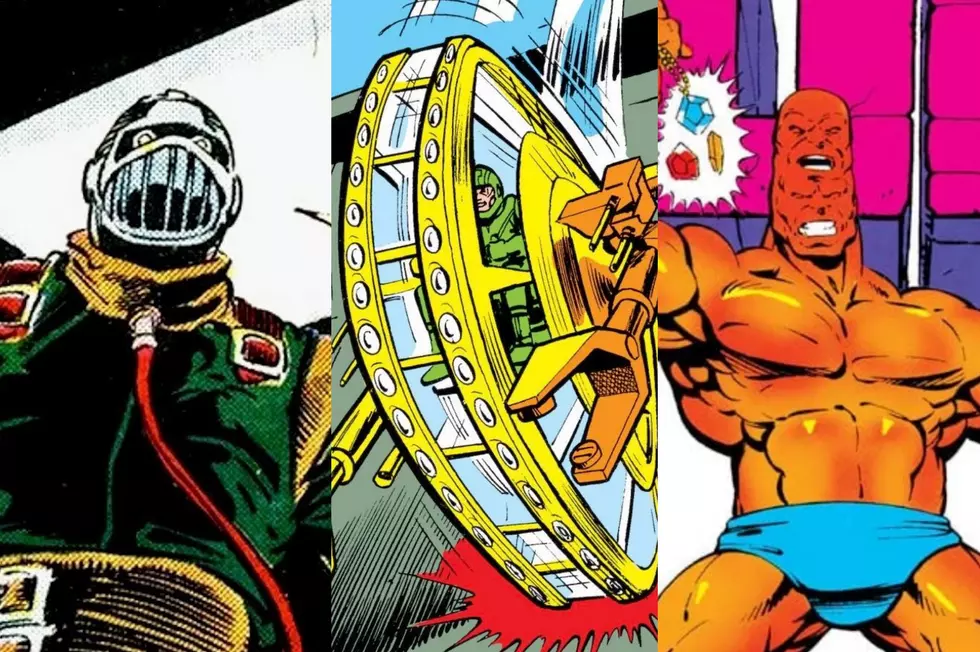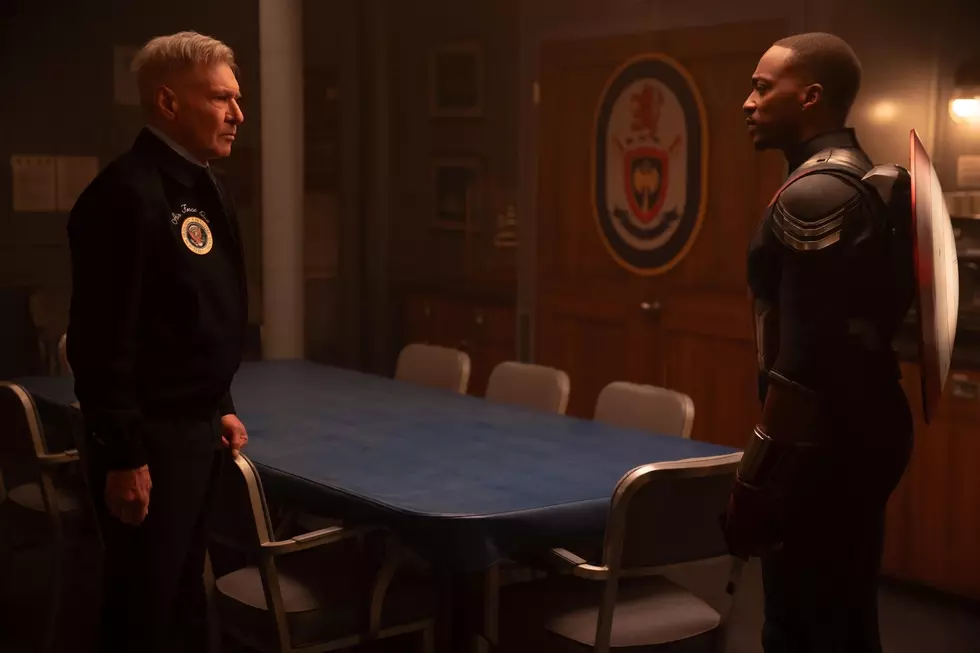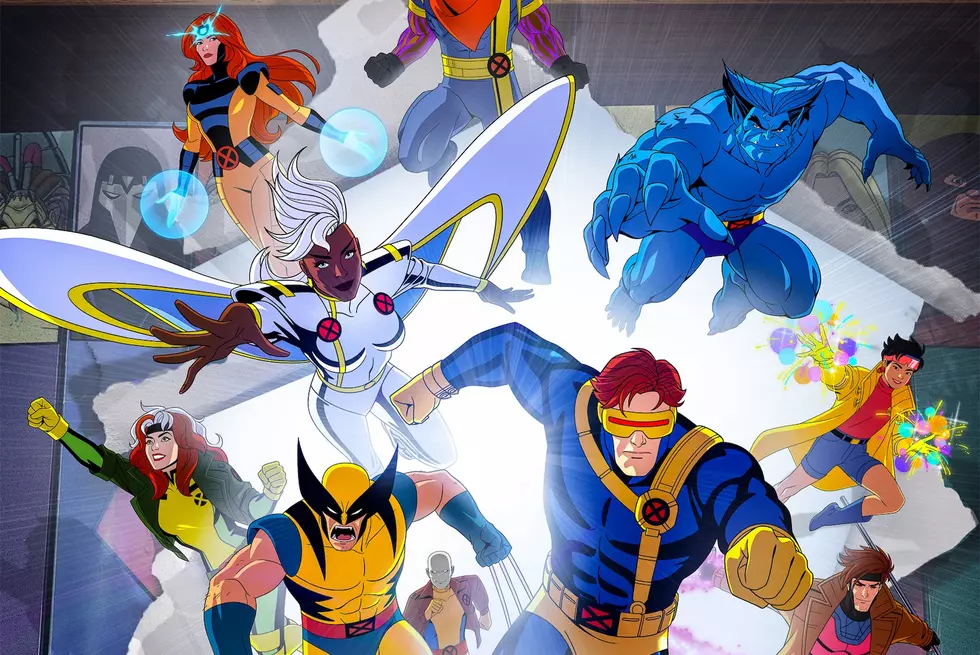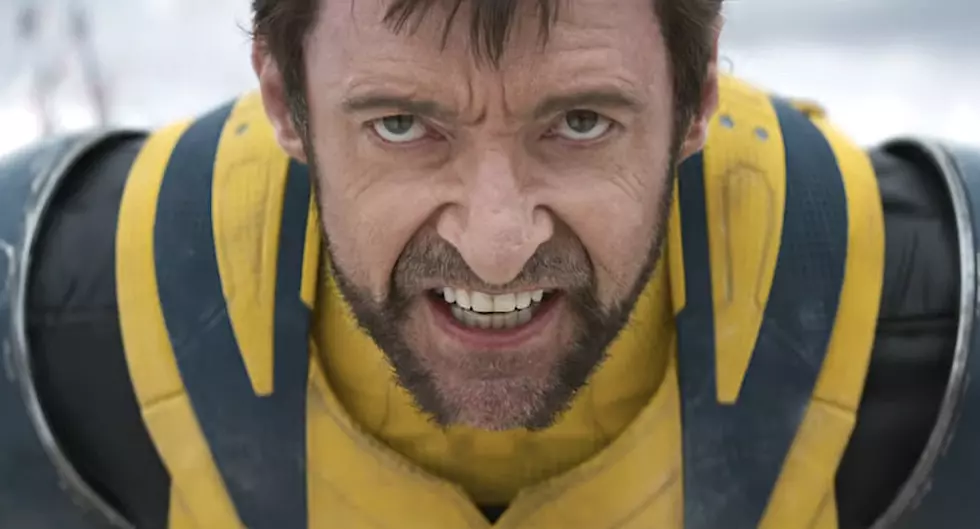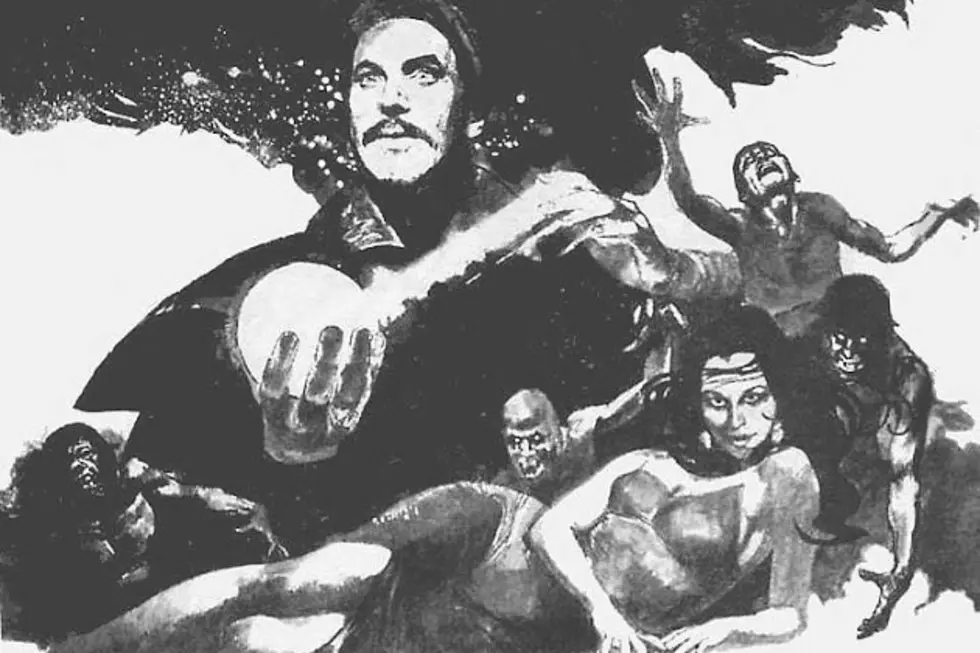
The Bizarre Case of the 1978 ‘Doctor Strange’ Movie
With Tuesday’s announcement that Scott Derrickson will be directing 'Doctor Strange' – a character that’s considered a bit of a risk, at least by Marvel standards, but has always been a favorite of studio head Kevin Feige – it’s kind of remarkable that there’s somehow already been a Doctor Strange movie.
With all the fanfare for the upcoming Netflix television adaptations of Daredevil, Power Man, Iron Fist, Jessica Jones and The Defenders, it’s almost been forgotten that in the late-1970s, CBS became the home for four Marvel superheroes: The popular 'Incredible Hulk,' the not-as-popular 'The Amazing Spider-Man' (a show Stan Lee hated), two made-for-TV Captain America movies -- and, almost incredibly, Doctor Strange (which was written as 'Dr. Strange').
'The Incredible Hulk' was the only character to find true success (which, now, is ironic, considering he’s the one character who has had difficulty sustaining a movie franchise), lasting five seasons and 82 episodes. Initially, 'The Amazing Spider-Man' had decent ratings, but CBS was reluctant to fully commit to it because of its cost – only producing 13 episodes over two seasons – and never giving ‘The Amazing Spider-Man’ a regular timeslot. Then there’s the curious case of Doctor Strange...
I thought, at the worst, it might be interesting as some sort of exercise in camp – but it doesn’t even provide that.
Like Hulk and Spider-Man, CBS had hoped to launch ‘Dr. Strange’ as a full-time series. In the fall of 1978, a two-hour TV movie/pilot was produced, written and directed by Philip DeGuere – who, at that point, had only directed two episodes of 'Black Sheep Squadron' and, after, would direct two episodes of the '80s 'Twilight Zone' revival.
In a 1978 interview with Starlog, DeGuere was quoted as saying:
It’s hard sometimes to even get a grasp on it! This is not a story in which there is a clear-cut life and death situation facing the hero. That could be dangerous, since there’s a general feeling that you have to hook an audience with something they’re familiar with.
Curiosity got the best of me last night and I watched the entire 'Dr. Strange' TV movie and, well, DeGuere was right about one thing: 'Dr. Strange' certainly didn’t have a "clear-cut life and death situation," or many situations at all, really. The biggest problem with 'Dr. Strange' is that it’s pretty boring. See for yourself:
'Dr. Strange' opens with some sort of demon (who, kind of hilariously, sounds a lot like Tom Hardy’s Bane from 'The Dark Knight Rises') spouting off a lot of exposition at Jessica Walter’s (!!) Morgan Le Fay. The gist is that a wizard (John Mills) has prevented the demon from entering our dimension, but that wizard is now old and will soon be transferring his powers to another. That’s when we meet Dr. Stephen Strange.
Dr. Strange is played by Peter Hooten, who had just come off of a supporting role in 'Orca,' and looks like a cross between a young Lee Horsley and Ron Burgundy. (When we finally get to the point in which Strange has super powers – which takes a long time – he does sound an awful lot like Burgundy while casting his spells.)
Morgan Le Fay comes to Earth to kill the old wizard and, while attempting this, possesses a woman named Clea (Eddie Benton). Clea winds up in the hospital after this ordeal and meets Dr. Stephen Strange. Clea is attracted to Dr. Strange. Actually, Morgan Le Fay is also attracted to Dr. Strange and refuses to kill him basically because Strange is so darn handsome. Basically, that’s ‘Dr. Strange’ in a nutshell: He’s handsome and women like him. This movie really should have just been called 'Dr. Handsome.'
But, yes, most of ‘Dr. Strange’ consists of Strange just being an actual doctor and lovingly tending to his patients. Which, yes, sort of makes sense since this was supposed to be the first installment of an episodic television series, but, boy, is ‘Dr. Strange’ a snooze. I thought, at the worst, it might be interesting as some sort of exercise in camp – but it doesn’t even provide that. If someone showed me the first two thirds of ‘Dr. Strange’ and told me it was a medical procedural, other than for a couple of moments, I would not have doubted that claim.
By the end of the movie, there are some psychedelic lights and Doctor Strange finally wears a costume that sort of resembles the one he wears in the comics. As DeGuere explained to Starlog, "I tried to keep as much to the comic costume as possible, but those tend to look silly on real people...Actually, we ended up working with a model of a gentleman going to the opera. It’s the only instance in modern dress where a guy would wear a cape." Oh, okay?
Regardless of the final result (and some people will sarcastically faux-defend it), it’s still remarkable that back in 1978 someone at CBS decided, “We should make a live action Doctor Strange movie.” Something that no one else has tried doing for the next 36 plus years. Let’s just hope that this time around, Dr. Stephen Strange is maybe a little less handsome and a little more interesting.
Mike Ryan is the senior editor of ScreenCrush. You can contact him directly on Twitter.
More From ScreenCrush
